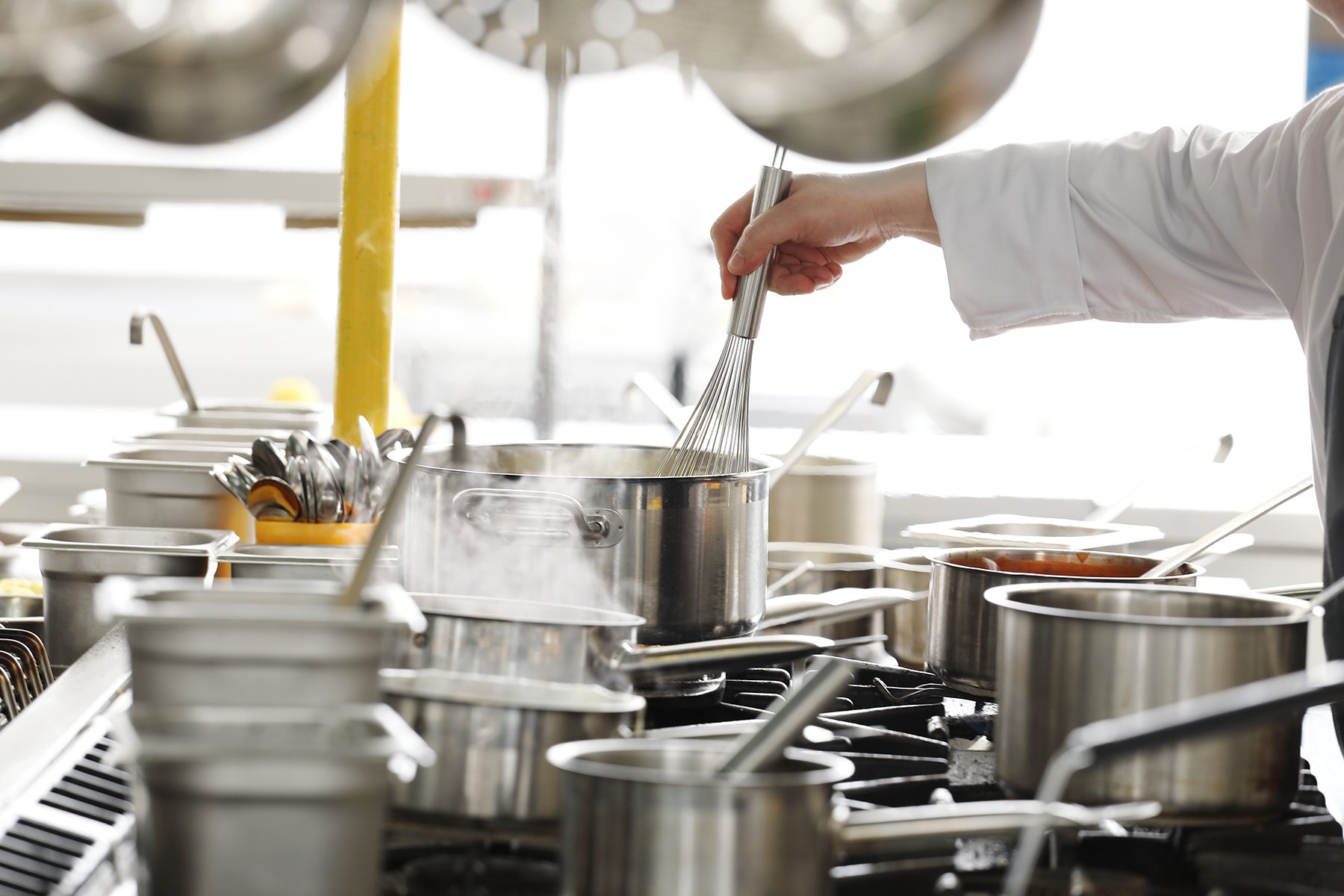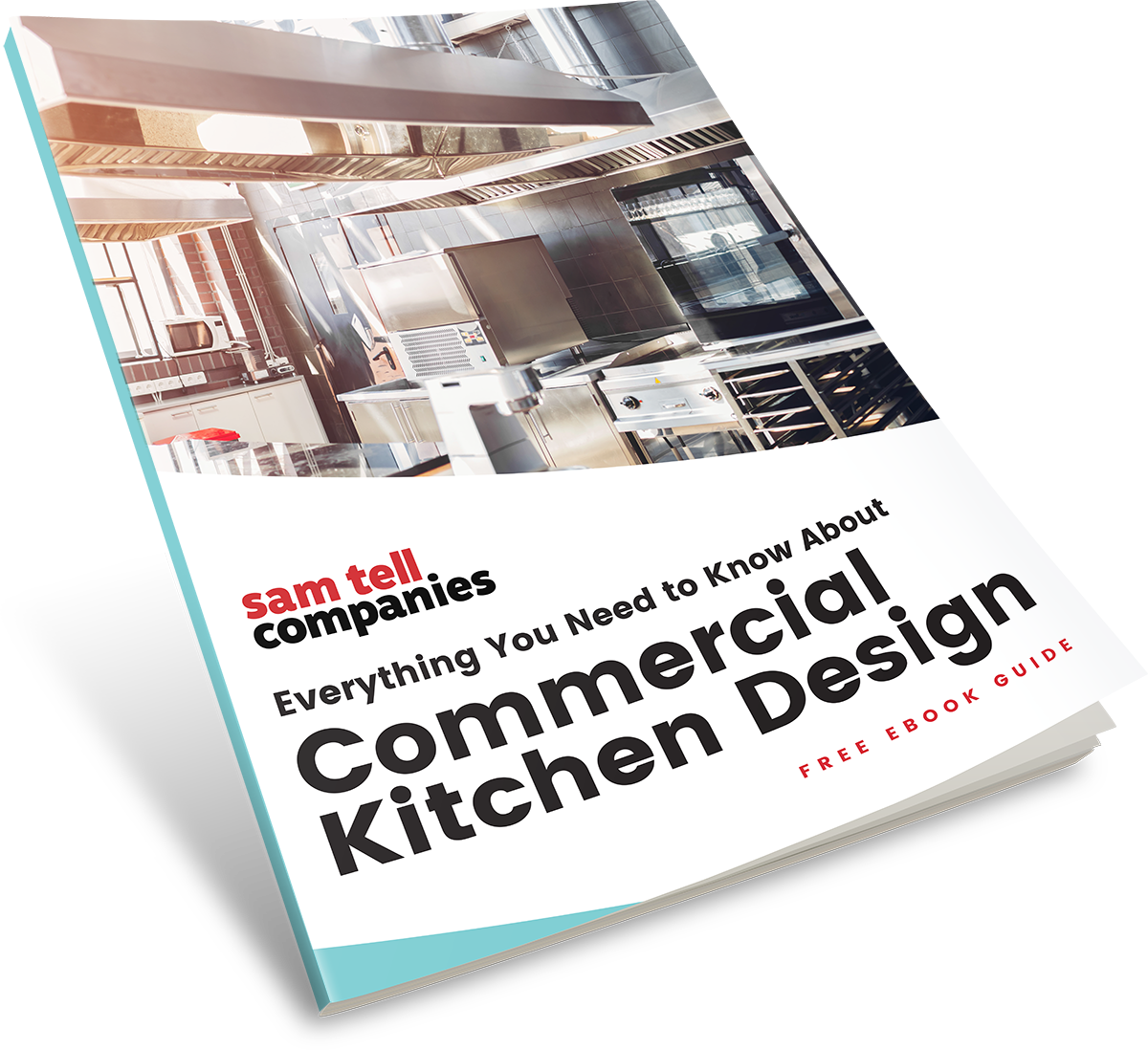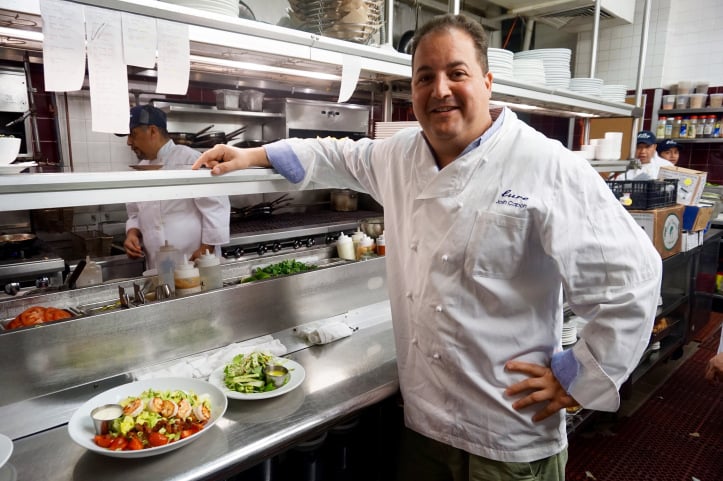The design of your restaurant kitchen is one of the most important aspects of your establishment—and perhaps the most permanent. Dinnerware can be replaced as styles evolve and menus can be updated to match shifting tastes, but your kitchen is more difficult and expensive to adjust later on. As such, it's important to give careful attention to this crucial component before it’s set in stone (or stainless steel).
There are countless factors at play in developing a productive restaurant kitchen, but the following tips are a good place to start.
1. Prioritize what you value most in your restaurant kitchen.
Your restaurant is unique, and therefore, requires a unique kitchen. One of the best ways to establish a layout tailored to its needs is to decide what’s most important to its operations. A high-end establishment might require strict supervision by a head chef over other staff, for example, while a fast casual eatery might prioritize organized movement along an established order of tasks. Other important considerations include energy efficiency and simplicity.
2. Use this helpful rule of thumb to determine the proper size of your kitchen.
Restaurant owners will sometimes look to what the average size of a kitchen is to gauge how large theirs should be. This can sometimes be helpful, but a better rule of thumb is to include five square feet of kitchen space for each guest seat in the Front of House.
3. Place storage near food prep stations.
Restaurants with the luxury of having unlimited time to spend preparing meals are rare, if they exist at all. For most others, the staff must make sure guests receive their orders in a timely fashion. In addition to having a well-trained team, this means eliminating unnecessary steps wherever possible, and we mean that literally.
Placing storage units near food prep stations reduces the time spent fetching ingredients and bringing them back to where they're needed for preparation.
4. Avoid placing cold storage near cooking equipment.
Just as we recommend layouts that prevent wasting you and your staff’s time and energy, we also want to prevent wasting your equipment’s time and energy. Placing cold storage near cooking equipment will force your refrigerators and freezers to draw more energy to compensate for the additional heat radiating off your ranges and ovens to stay cold, leaving you with a bigger energy bill at the end of the month. Keeping them separated can prevent this inefficiency.
5. Don’t assume your kitchen’s needs will always be the same.
Even if the layout seems perfect for your current or soon-to-open operation, there is no guarantee it will stay that way. Changes in style, menu and personnel are all common motivations for a kitchen to adapt to remain efficient. Considering equipment and stations set on casters for mobility, as opposed to those permanently placed, can avoid expensive renovations and redesigns in the future.
6. Consult with a professional commercial kitchen designer.
At the end of the day, designing a restaurant kitchen is a big job, and can be a challenge to do on your own, even if you follow every tip and work diligently to craft a design. Working with a professional commercial kitchen designer will help take the stress and uncertainty out of the process. With an expert listening to your needs and offering insight, bringing the concept to life becomes that much easier to achieve.








